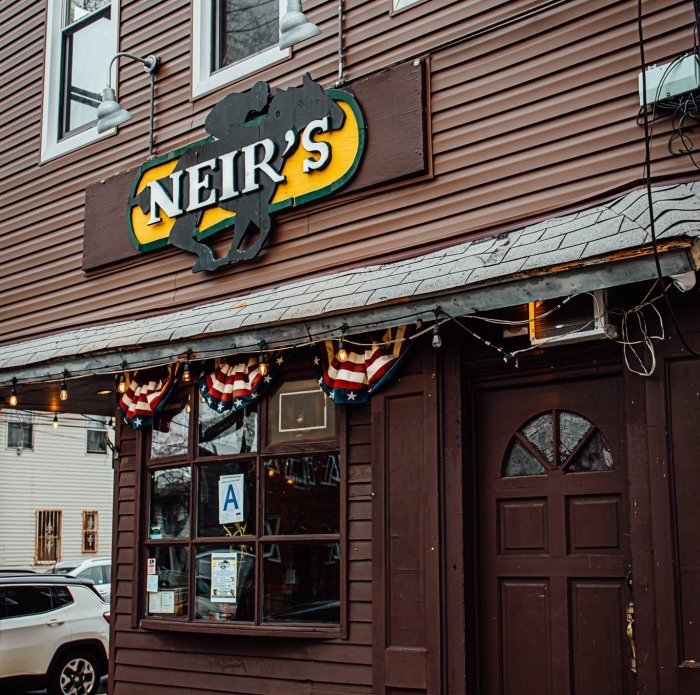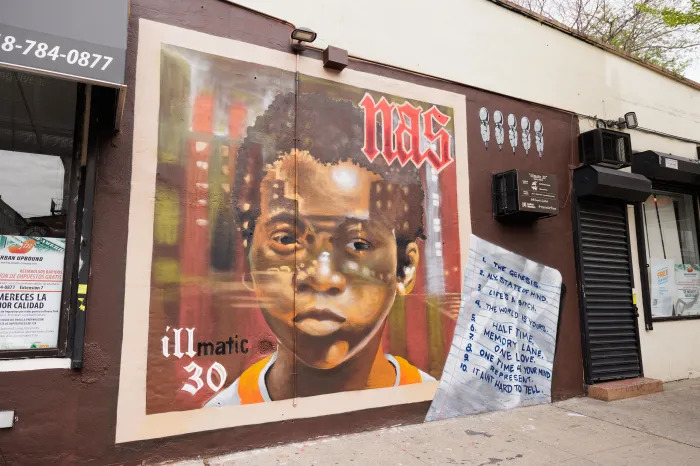Many of you will remember the battle between co-op and condo owners and the city Department of Finance last year, after DOF Commissioner Frankel announced double- and triple-digit, single-year property valuation increases in eastern Queens.
Only after the New York Post exposed the agency’s flawed valuation system did the DOF admit it had a “computer glitch” that was responsible for the high increases in co-op property valuations. My analysis of the DOF data found that commercial buildings had been improperly used to compute residential co-op valuations, falsely skewing those valuations higher.
The Presidents Co-op Council, a think tank of co-op board presidents in eastern Queens, led the charge on this assault on affordable housing by the DOF. Under the weight of enormous public pressure, the DOF agreed to a temporary fix that limited single-year valuation increases to a still high 50 percent to be phased in over a five-year period.
The co-op and condo community expected that a permanent fix to this problem would be forthcoming. A year later, they still wait. It is not hard to understand why the DOF has not eagerly pursued a resolution which would dilute its ability to raise revenues at inflationary rates.
Round 2 of this battle has just begun, with the DOF release of its annual property valuation numbers for the city’s real estate housing stock. These numbers are used to determine property taxes that every city homeowner will pay in the coming year.
As president of Glen Oaks Village, the largest garden apartment co-op in New York and an accountant, I reviewed these numbers and they are not pretty. Like most co-ops in Queens, the indisputable facts are that Glen Oaks Village has seen its property values decline in 2011 as its residents continue to work their way out of the worst economic recession in a generation.
But in this high-stakes game of reality vs. fantasy, the DOF’s property valuation numbers for 2011 tell a different story. The DOF claims Glen Oaks Village had a 21 percent increase in its property values. This Alice in Wonderland version of property valuations is at odds with economic reality and, most importantly, will have a serious and far-reaching impact on working-class families and seniors living in co-ops who can least afford it.
Aside from Glen Oaks Village, the DOF’s latest numbers for 2011 show that Queens co-ops on average have had a 9 percent increase in property values even after reported real estate data showed fourth quarter 2011 property values in Queens actually declined 7 percent.
To some, a 9 percent increase may sound deceptively reasonable, especially after last year’s DOF triple-digit increase debacle. But owners must not be lulled into accepting this false dichotomy. A 9 percent increase at a time when we have been experiencing prolonged property value declines is unfair and inequitable and will affect the most vulnerable.
And lest we forget last year’s five-year phase-in of Frankel’s 50 percent increase on co-op property valuations. This means that 2012 will be the second year of the DOF phase-in, bringing the increase to 20 percent in addition to the just-announced 2012 increases.
The battle for a permanent solution continues as co-op and condo owners tend to their battle scars from the heavy hand of an unelected DOF. Legislative in-fighting must not derail a permanent solution. Queens co-ops and condos offer the last bastion of affordable housing in New York, and they cannot afford to lose this battle.































